In the final instalment of our calving series, the focus is on getting the calf on its feet, sucking the dam and through the first few days of life.
When calves get into difficulty during labour, these animals normally require assistance with breathing and feeding.
Being able to resuscitate calves properly is a skill, and as such, improves with experience. Outlined are the more common methods for resuscitating a newborn calf as soon as the animal hits the ground.
1.
Check airways are clear
Regardless of whether a calf is born unassisted or via veterinary intervention, it is always good practice to check the animal’s mouth and nose is clear of fluid and mucus that can restrict breathing.
Open the mouth and check the back of the throat is clear. Next, clear the nose by moving the hand in a squeezing motion.
Sticking a piece of straw up the nose should make the calf recoil, shake its head and stimulate the animal to breathe.
2
. Sit the calf upright and rub rib cage
Once the airways are clear, immediately sit the calf in an upright position by folding its legs below the body.
In the correct position, the front legs should be positioned either side of the calf’s chest. This broadens the chest and opens the lungs, increasing airflow.
Never leave a newborn calf lying on its side while it is struggling to breathe. When lying on its side, the calf’s front legs tend to be crossed. This narrows the chest and restricts lung capacity, making breathing more difficult.

Sitting the calf upright will broaden its chest, opening the lungs and clearing the airway. \ Philip Doyle
Rubbing both sides of the rib cage by hand will also aid breathing and stimulate blood circulation.
3.
Splashing cold water on the calf
Splashing cold water in the calf’s ears can help to “shock” the calf into waking up and breathing. Cold water should only be splashed on the calf by hand.
Do not pour cold water directly on the calf from a bucket, as this will saturate the newborn and lower its body temperature immediately.
In the case where a cow is slow to get up and lick the calf following a difficult calving, if you soak the calf with cold water, the wet newborn is more prone to hypothermia.
4
. Never swing the calf or hang on a gate
Never lift a distressed calf by the back legs and start swinging. The same goes with hanging a calf over a gate. It should be avoided at all costs.
Many farmers try these methods to clear fluid from the lungs. But when hanging a calf upside down, the fluid draining from the animal usually comes from the stomach, not the calf’s lungs.
Also, more importantly, when you hang a calf over a gate or by its back legs, the weight of its internal organs press down on the animal’s lungs.
Again, this restricts lung capacity making it much harder for the calf to breathe.
If the calf has fluid in the lungs and you want to lift the back legs, then the safest way is to raise the legs by hand to a height which is no more than two feet off the ground.
After 30 seconds, lower the legs back on to the ground. When raising the calf’s legs by hand, at no point should the calf’s body come off the ground.
If you are on your own, an alternate option is to raise the legs on the bar of the jack. Again, do not lift the legs any more than two feet in the air. This will free up the hands to rub the rib cage.
After a difficult calving where the calf experiences severe trauma and force from the calving jack, the animal should get pain relief. Without pain relief, the calf will be sore and therefore, much slower to stand suckle its mother.
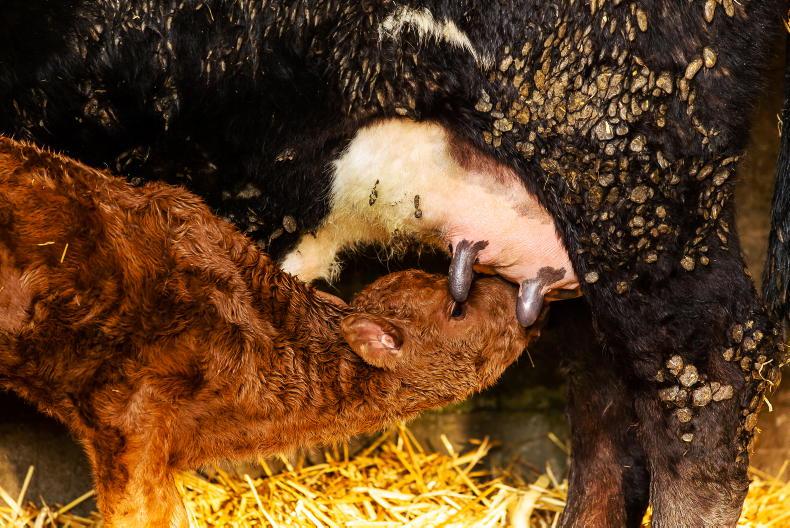
After a difficult calving, giving the calf pain relief will help get the animal on its feet and sucking its dam. \ Philip Doyle
7.
Calf has a swollen tongue
If the calf has a swollen tongue as a consequence of a difficult calving, this has potential to restrict sucking activity and to a lesser extent, breathing.
Once the calf is breathing OK, colostrum should be given at the first opportunity via a stomach tube.
Consult with your vet to see if an anti-inflammatory will reduce the swelling of the tongue, thereby helping the animal to feed unassisted.
The earlier you can get colostrum into any calf, the better. For calves born after a difficult birth, an early feed of colostrum increases the chance of survival as it provides much-needed energy for the calf.
If the calf cannot stand to feed, milking its mother and bottle feeding is the next best option, followed by stomach tubing.
However, suckler cows can be hard to milk, especially when stressed. Using frozen colostrum or a substitute will speed the process up and is much easier, and safer, to carry out.

Where calves are slow to stand and feed, or have a poor sucking reflex, the animal should be given colostrum as early as possible using a bottle or stomach tube.
Putting a jacket on a weak calf is a great way to raise its core body temperature and help the animal get on its feet. But before putting the jacket on, allow the cow to lick the calf properly.
Calves born after a difficult birth are more likely to suffer from acidosis, as the lack of oxygen during labour leads to a build-up of CO2 in the bloodstream, causing the calf to die within minutes of being born.
These calves appear dopey, struggle to hold the head up and have poor sucking reflex. The calf’s mouth and nose will also feel cold. Body temperature is harder to regulate and can drop quickly.
Time is at a premium to get the calf stabilised.
Provide the calf with a heat source immediately, or a calf jacket to help regulate body temperature.
Some vets recommend feeding a spoonful of bicarbonate of soda (bread soda) with colostrum as soon as possible, although this can curdle the colostrum. Feeding glucose is also recommended.
When next talking to your vet, ask for the best advice on dealing with acidotic calves before you experience it, as early action will keep calves alive.
Read more
Five tips for using calving aids
When to intervene when calving the cow
In the final instalment of our calving series, the focus is on getting the calf on its feet, sucking the dam and through the first few days of life.
When calves get into difficulty during labour, these animals normally require assistance with breathing and feeding.
Being able to resuscitate calves properly is a skill, and as such, improves with experience. Outlined are the more common methods for resuscitating a newborn calf as soon as the animal hits the ground.
1.
Check airways are clear
Regardless of whether a calf is born unassisted or via veterinary intervention, it is always good practice to check the animal’s mouth and nose is clear of fluid and mucus that can restrict breathing.
Open the mouth and check the back of the throat is clear. Next, clear the nose by moving the hand in a squeezing motion.
Sticking a piece of straw up the nose should make the calf recoil, shake its head and stimulate the animal to breathe.
2
. Sit the calf upright and rub rib cage
Once the airways are clear, immediately sit the calf in an upright position by folding its legs below the body.
In the correct position, the front legs should be positioned either side of the calf’s chest. This broadens the chest and opens the lungs, increasing airflow.
Never leave a newborn calf lying on its side while it is struggling to breathe. When lying on its side, the calf’s front legs tend to be crossed. This narrows the chest and restricts lung capacity, making breathing more difficult.

Sitting the calf upright will broaden its chest, opening the lungs and clearing the airway. \ Philip Doyle
Rubbing both sides of the rib cage by hand will also aid breathing and stimulate blood circulation.
3.
Splashing cold water on the calf
Splashing cold water in the calf’s ears can help to “shock” the calf into waking up and breathing. Cold water should only be splashed on the calf by hand.
Do not pour cold water directly on the calf from a bucket, as this will saturate the newborn and lower its body temperature immediately.
In the case where a cow is slow to get up and lick the calf following a difficult calving, if you soak the calf with cold water, the wet newborn is more prone to hypothermia.
4
. Never swing the calf or hang on a gate
Never lift a distressed calf by the back legs and start swinging. The same goes with hanging a calf over a gate. It should be avoided at all costs.
Many farmers try these methods to clear fluid from the lungs. But when hanging a calf upside down, the fluid draining from the animal usually comes from the stomach, not the calf’s lungs.
Also, more importantly, when you hang a calf over a gate or by its back legs, the weight of its internal organs press down on the animal’s lungs.
Again, this restricts lung capacity making it much harder for the calf to breathe.
If the calf has fluid in the lungs and you want to lift the back legs, then the safest way is to raise the legs by hand to a height which is no more than two feet off the ground.
After 30 seconds, lower the legs back on to the ground. When raising the calf’s legs by hand, at no point should the calf’s body come off the ground.
If you are on your own, an alternate option is to raise the legs on the bar of the jack. Again, do not lift the legs any more than two feet in the air. This will free up the hands to rub the rib cage.
After a difficult calving where the calf experiences severe trauma and force from the calving jack, the animal should get pain relief. Without pain relief, the calf will be sore and therefore, much slower to stand suckle its mother.

After a difficult calving, giving the calf pain relief will help get the animal on its feet and sucking its dam. \ Philip Doyle
7.
Calf has a swollen tongue
If the calf has a swollen tongue as a consequence of a difficult calving, this has potential to restrict sucking activity and to a lesser extent, breathing.
Once the calf is breathing OK, colostrum should be given at the first opportunity via a stomach tube.
Consult with your vet to see if an anti-inflammatory will reduce the swelling of the tongue, thereby helping the animal to feed unassisted.
The earlier you can get colostrum into any calf, the better. For calves born after a difficult birth, an early feed of colostrum increases the chance of survival as it provides much-needed energy for the calf.
If the calf cannot stand to feed, milking its mother and bottle feeding is the next best option, followed by stomach tubing.
However, suckler cows can be hard to milk, especially when stressed. Using frozen colostrum or a substitute will speed the process up and is much easier, and safer, to carry out.

Where calves are slow to stand and feed, or have a poor sucking reflex, the animal should be given colostrum as early as possible using a bottle or stomach tube.
Putting a jacket on a weak calf is a great way to raise its core body temperature and help the animal get on its feet. But before putting the jacket on, allow the cow to lick the calf properly.
Calves born after a difficult birth are more likely to suffer from acidosis, as the lack of oxygen during labour leads to a build-up of CO2 in the bloodstream, causing the calf to die within minutes of being born.
These calves appear dopey, struggle to hold the head up and have poor sucking reflex. The calf’s mouth and nose will also feel cold. Body temperature is harder to regulate and can drop quickly.
Time is at a premium to get the calf stabilised.
Provide the calf with a heat source immediately, or a calf jacket to help regulate body temperature.
Some vets recommend feeding a spoonful of bicarbonate of soda (bread soda) with colostrum as soon as possible, although this can curdle the colostrum. Feeding glucose is also recommended.
When next talking to your vet, ask for the best advice on dealing with acidotic calves before you experience it, as early action will keep calves alive.
Read more
Five tips for using calving aids
When to intervene when calving the cow






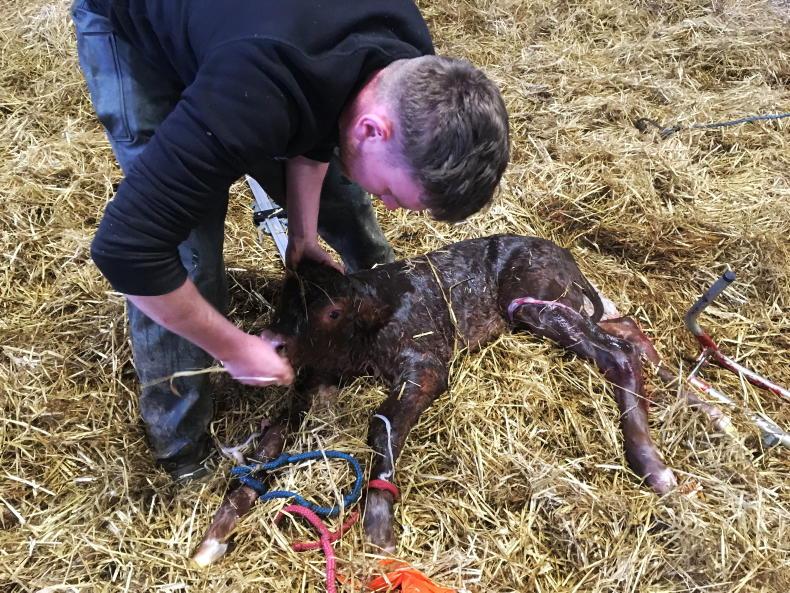

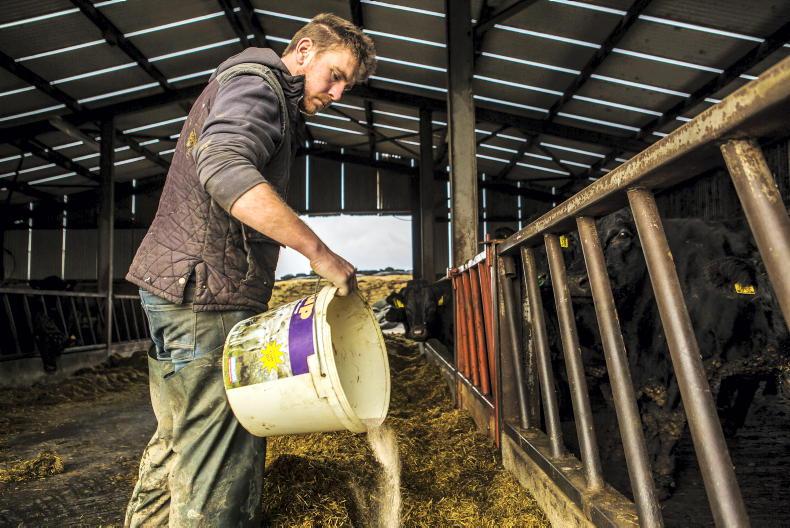


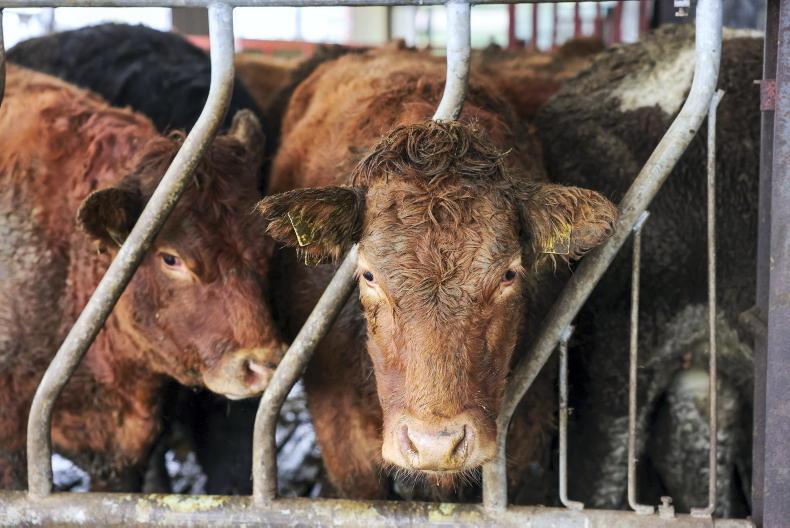
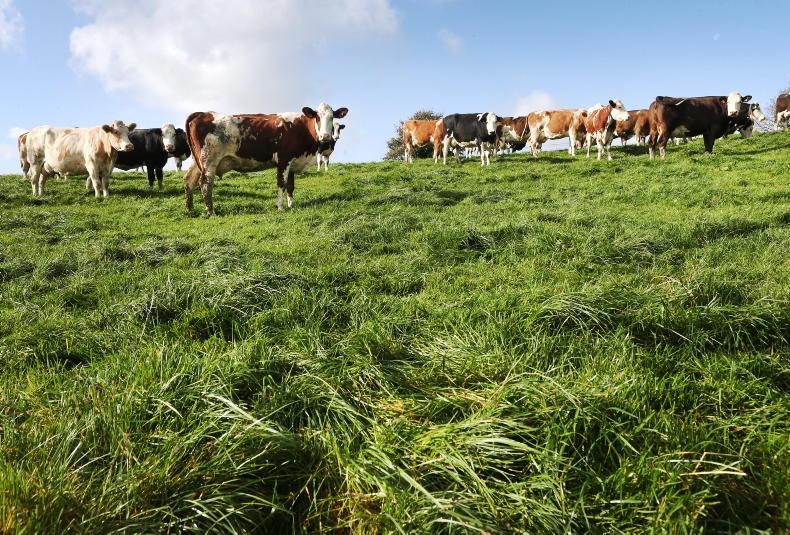
SHARING OPTIONS